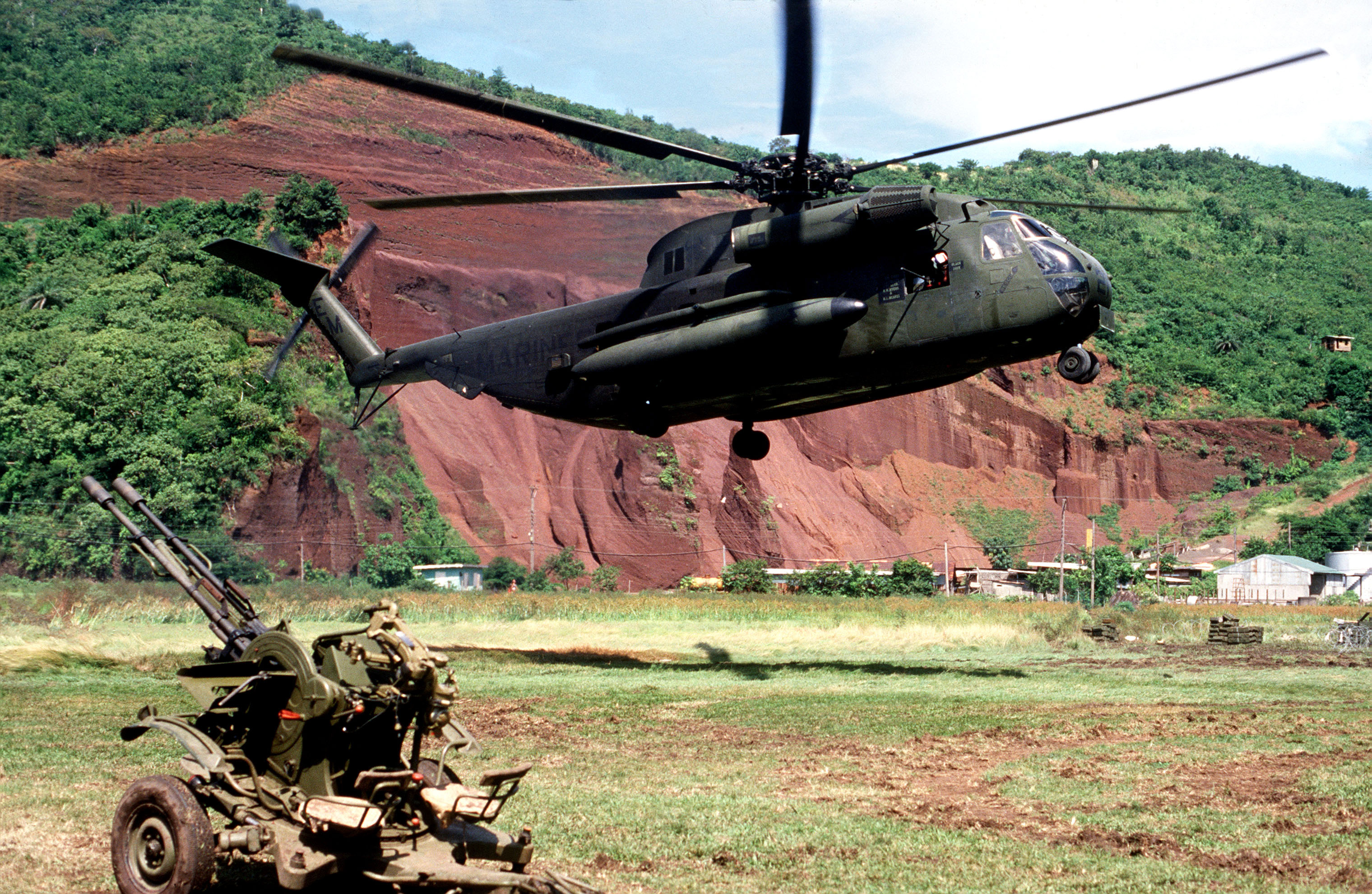|
Cuba–Nicaragua Relations
Cuba and Nicaragua established diplomatic ties on 3 September 1905. Relations between the two countries were particularly positive during Nicaragua's initial Sandinista period and have been strong since the 2007 election of Daniel Ortega in Nicaragua. History Cuba and Nicaragua established diplomatic relations on 3 September 1905. During the rule of the Somoza family dictatorship, Nicaragua was hostile to socialist Cuba. Nonetheless, When Nicaragua's capital Managua was destroyed by an earthquake in 1972, Cuba supplied a disaster relief team to assist in recovery. In 1979, the Sandinista revolution in Nicaragua overthrew the Somoza family. Relations between Cuba and Nicaragua countries were close during the revolutionary Sandinista period in Nicaragua. After the success of the Sandinista revolution, Cuba provided health care workers to Nicaragua to establish clinics for the poor of Nicaragua and to establish training centers for Nicaraguan health care workers. In September ... [...More Info...] [...Related Items...] OR: [Wikipedia] [Google] [Baidu] |
Somoza Family
The Somoza family () is a political family which ruled Nicaragua under a dictatorship over a period of forty-three years, from 1936 to 1979. Founder, Anastasio Somoza García – who served as the President of Nicaragua from 1937 until 1956 – was succeeded by his two sons; the eldest, Luis Somoza Debayle from 1957 to 1963, and youngest, Anastasio Somoza Debayle, serving for two presidential terms between 1967–1972 and 1974–1979. Although the Somozas did not hold the presidency for the full forty-three years, their political influence was continuously exacted via the installation of puppet presidents and ongoing control of the National Guard. While the Somoza family moved towards modernizing Nicaragua, their rule featured repression and inequality. Over four decades, the Somoza family accumulated wealth through corporate bribes, land-grabbing and foreign-aid siphoning. The family received support from the government of the United States, and the leadership styles of each ... [...More Info...] [...Related Items...] OR: [Wikipedia] [Google] [Baidu] |
United States Invasion Of Grenada
The United States and a coalition of Caribbean countries invaded the small island nation of Grenada, north of Venezuela, at dawn on 25 October 1983. Codenamed Operation Urgent Fury by the U.S. military, it resulted in military occupation within a few days. It was triggered by strife within the People's Revolutionary Government, which led to the house arrest and execution of the previous leader and second Prime Minister of Grenada, Maurice Bishop, and to the establishment of the Revolutionary Military Council, with Hudson Austin as chairman. Following the invasion there was an interim government appointed, and then general elections held in December 1984. The invading force consisted of the 1st and 2nd battalions of the U.S. Army's 75th Ranger Regiment, the 82nd Airborne Division, and elements of the former Rapid Deployment Force, U.S. Marines, U.S. Army Delta Force, Navy SEALs, and a small group Air Force TACPs from the 21st TASS Shaw AFB ancillary forces, totaling ... [...More Info...] [...Related Items...] OR: [Wikipedia] [Google] [Baidu] |
Cuba–Nicaragua Relations
Cuba and Nicaragua established diplomatic ties on 3 September 1905. Relations between the two countries were particularly positive during Nicaragua's initial Sandinista period and have been strong since the 2007 election of Daniel Ortega in Nicaragua. History Cuba and Nicaragua established diplomatic relations on 3 September 1905. During the rule of the Somoza family dictatorship, Nicaragua was hostile to socialist Cuba. Nonetheless, When Nicaragua's capital Managua was destroyed by an earthquake in 1972, Cuba supplied a disaster relief team to assist in recovery. In 1979, the Sandinista revolution in Nicaragua overthrew the Somoza family. Relations between Cuba and Nicaragua countries were close during the revolutionary Sandinista period in Nicaragua. After the success of the Sandinista revolution, Cuba provided health care workers to Nicaragua to establish clinics for the poor of Nicaragua and to establish training centers for Nicaraguan health care workers. In September ... [...More Info...] [...Related Items...] OR: [Wikipedia] [Google] [Baidu] |
Foreign Relations Of Nicaragua
Nicaragua pursues an independent foreign policy. A participant of the Central American Security Commission, Nicaragua also has taken a leading role in pressing for regional demilitarization and peaceful settlement of disputes within states in the region. Nicaragua has submitted three territorial disputes, one with Honduras, another with Colombia, and the third with Costa Rica to the International Court of Justice for resolution. International membership At the 1994 Summit of the Americas, Nicaragua joined six Central American neighbors in signing the Alliance for Sustainable Development, known as the Conjunta Centroamerica-USA or CONCAUSA, to promote sustainable economic development in the region. Nicaragua belongs to the United Nations and several specialized and related agencies, including: * World Bank * International Monetary Fund (IMF) * World Trade Organization (WTO) * UN Educational, Scientific, and Cultural Organization (UNESCO) * World Health Organization (WHO) * Fo ... [...More Info...] [...Related Items...] OR: [Wikipedia] [Google] [Baidu] |
